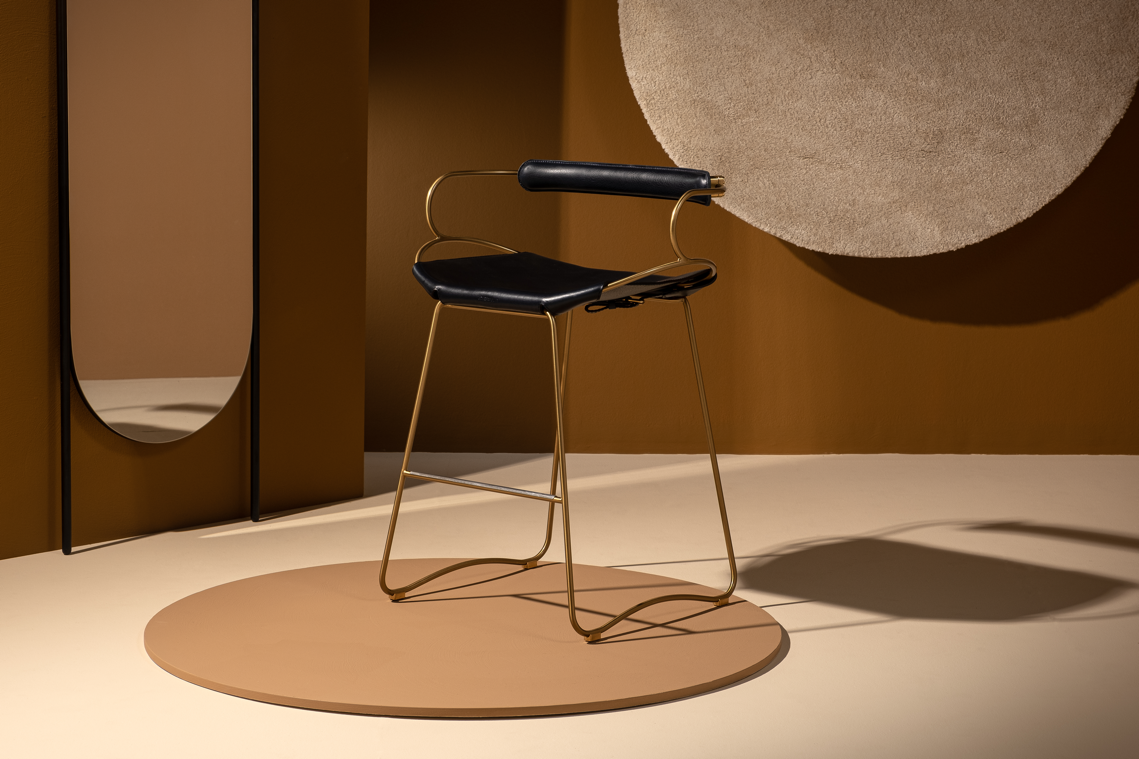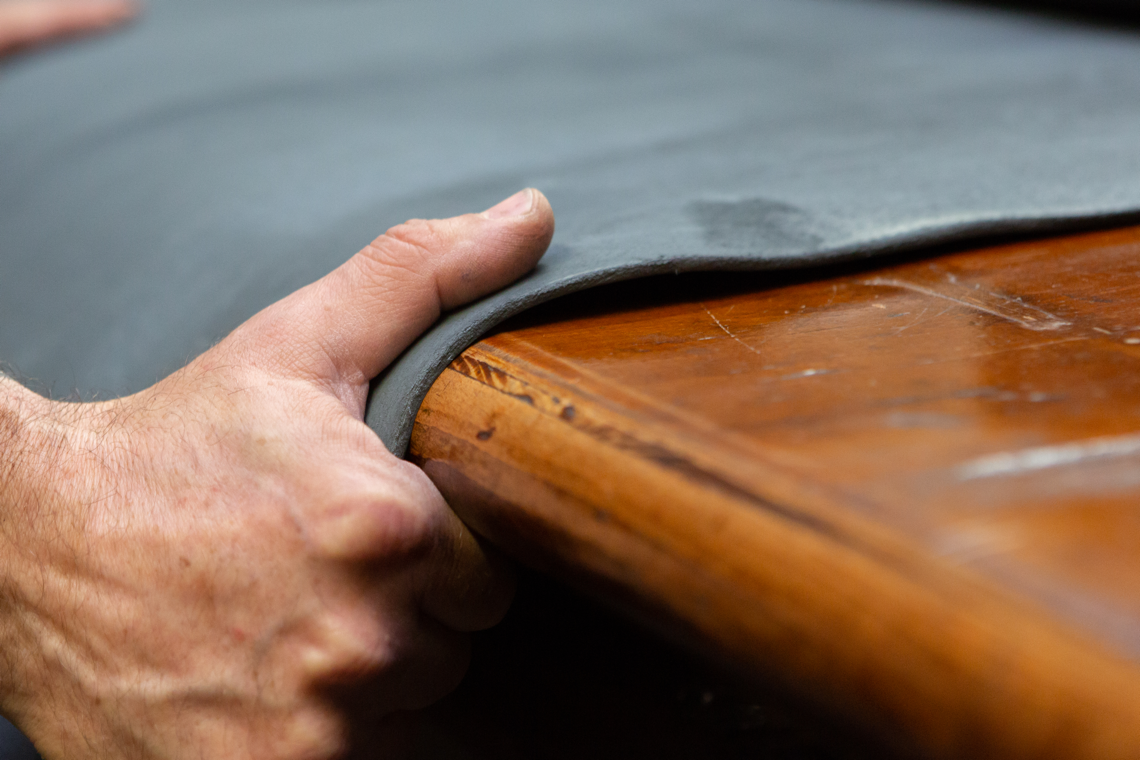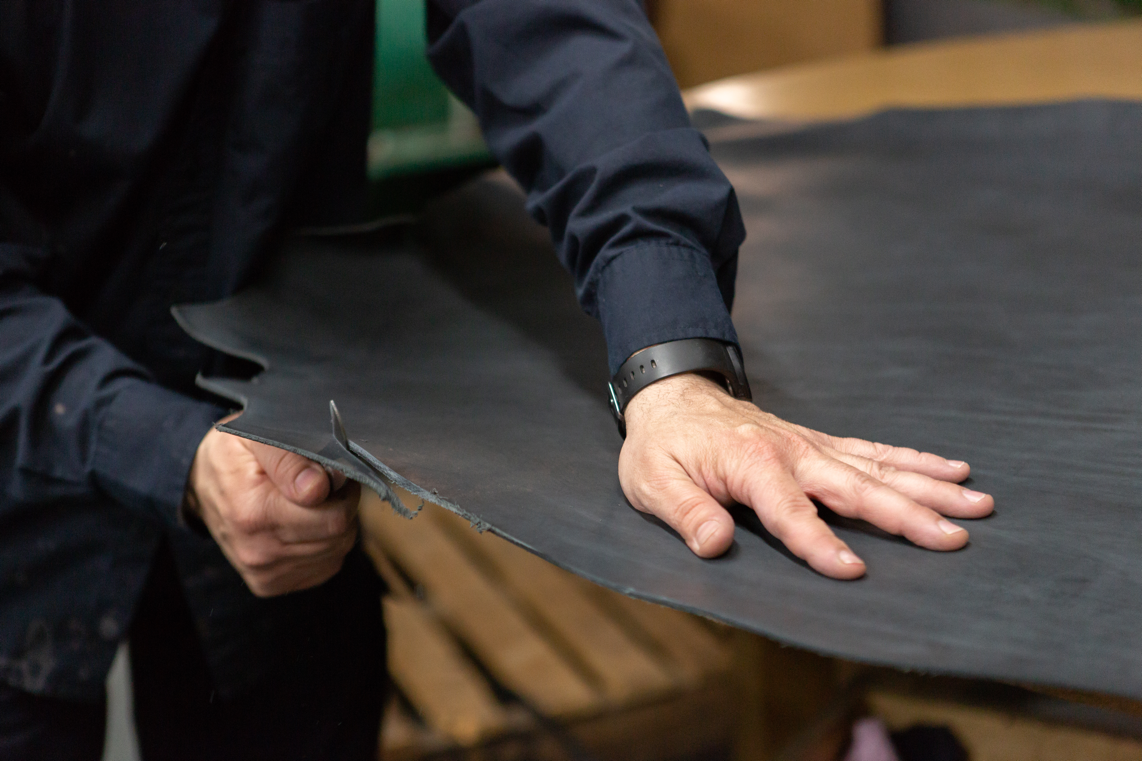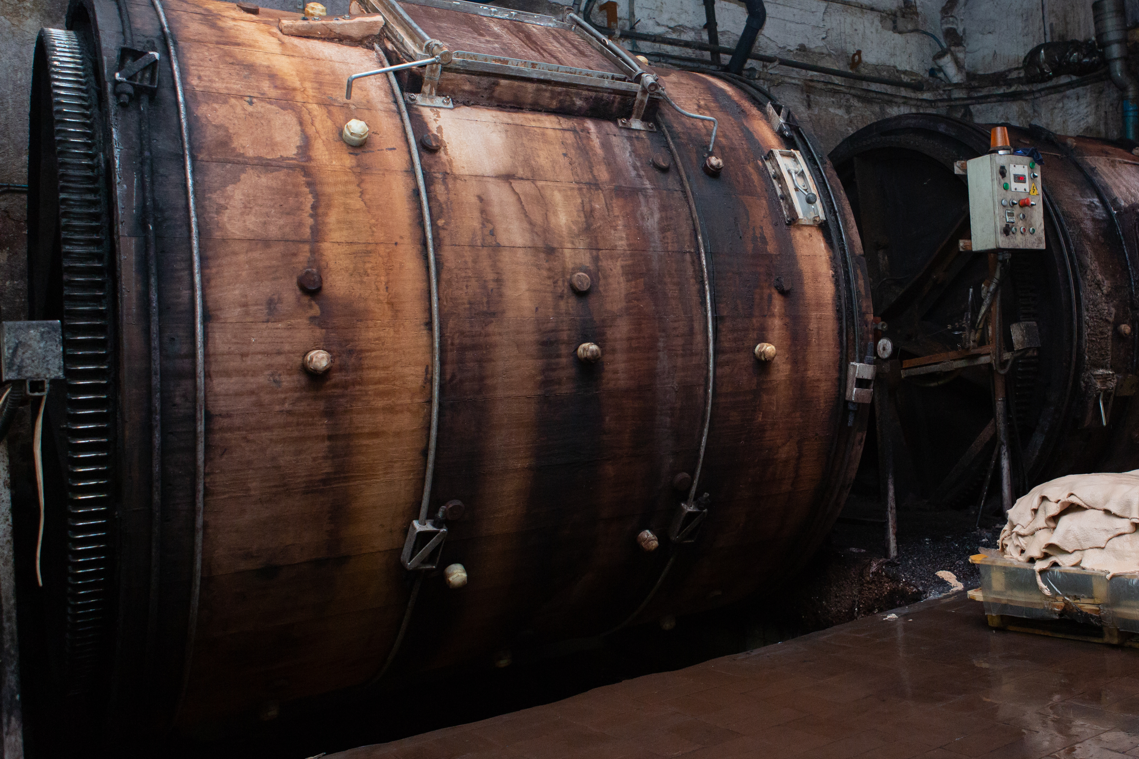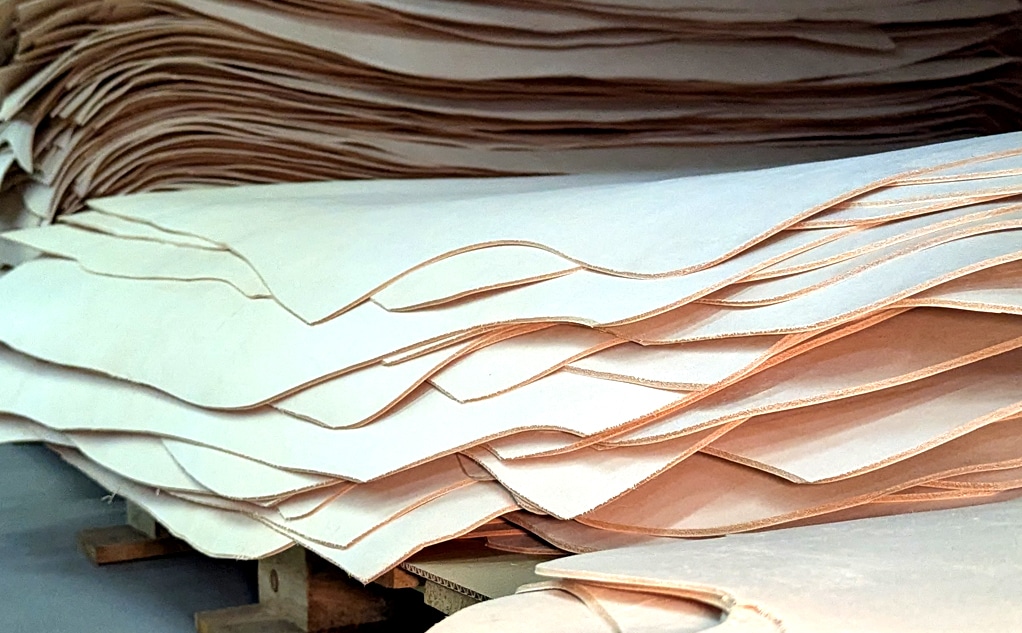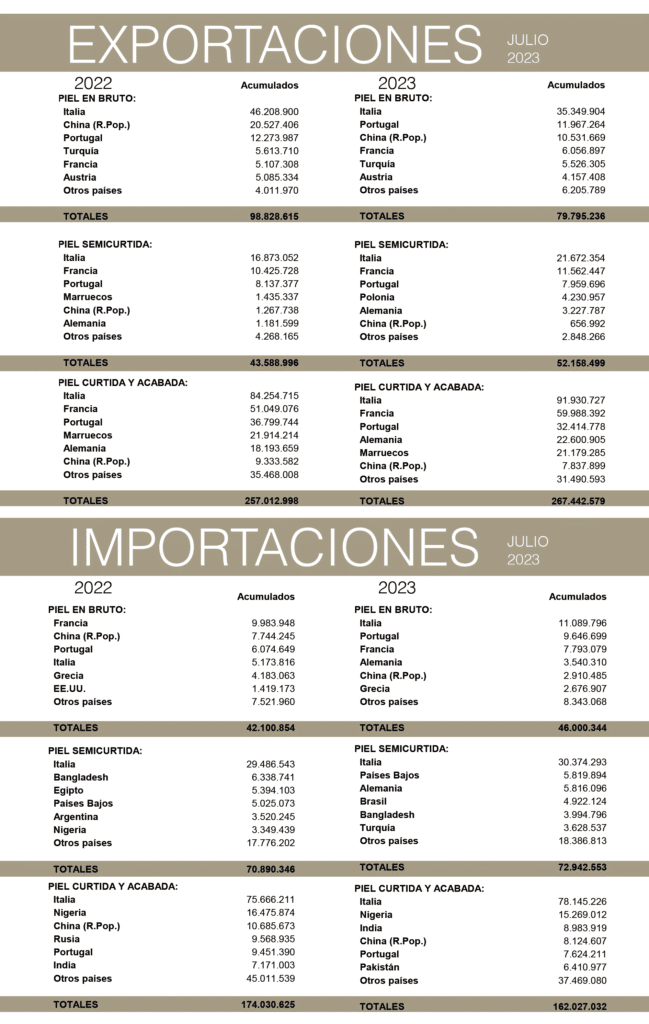Original content by: Business Research Insights
As people’s spending money increased, so did the demand for luxury goods. These items often symbolize a sense of accomplishment for individuals and give them a higher sense of self-esteem. Europeans and North Americans are known to spend the most on luxury goods due to higher household incomes. In this matter, one can also see an upward trend in the Asian region. Leather products make up a large part of luxury goods. Luxury leather goods include exclusive handbags, accessories and shoes that appeal to the wealthy. As the disposable income of individuals increased, so did the demand for luxury goods. These items often symbolize a sense of accomplishment for individuals and give them a higher sense of self-esteem. Europeans and North Americans are known to spend the most on luxury goods due to higher household incomes. In this matter, one can also see an upward trend in the Asian region. Leather products make up a large part of luxury goods. Luxury leather goods include exclusive handbags, accessories and shoes that appeal to the wealthy. In the personal luxury segment, leather goods is the fastest growing segment that attracts luxury customers.
Driving factors
The rapidly growing fashion industry has increased consumer demand for premium, high quality and luxury leather goods. Customers appreciate aesthetics and look for high-end products to create fashion. Additionally, the number of high net worth individuals (HNWI) along with the growing trend of designer and branded clothing in key markets such as the US, France and China is driving the demand for luxury leather goods. Leather goods are exclusive and often of high quality. Designers from all over the world present new clothes through fashion shows and events, thus attracting more consumers to leather clothing. The show showcased a range of leather products including a range of modern jackets, cross-stitch jackets, suitcases, leather trainers, bags and ankle boots. Such events bring together hundreds of thousands of leather buyers, producers and designers from various provinces.
Europe is in a leading position
The leather market share of Europe is expected to grow significantly during the study period. The growth is due to the increase in demand for shoes and the presence of large manufacturers in the region. Europe has become the largest consumer of leather products. Some of the main factors driving the growth of the European market are the large number of local and international players, new products and technologies, the growth of online shopping and the use of social media. . Growing fashion awareness, increase in disposable income and growing demand for attractive bags are driving the sales of luggage and leather products in the region. In addition, growing consumer interest in travel and unique experiences is increasing the demand for leather products such as suitcases, especially in the luxury segment, as consumers are increasingly looking for quality products. In addition, the region continues to be the largest consumer market thanks to the strong presence of fashion-driven countries such as France and Italy.
You can read the original article HERE.


